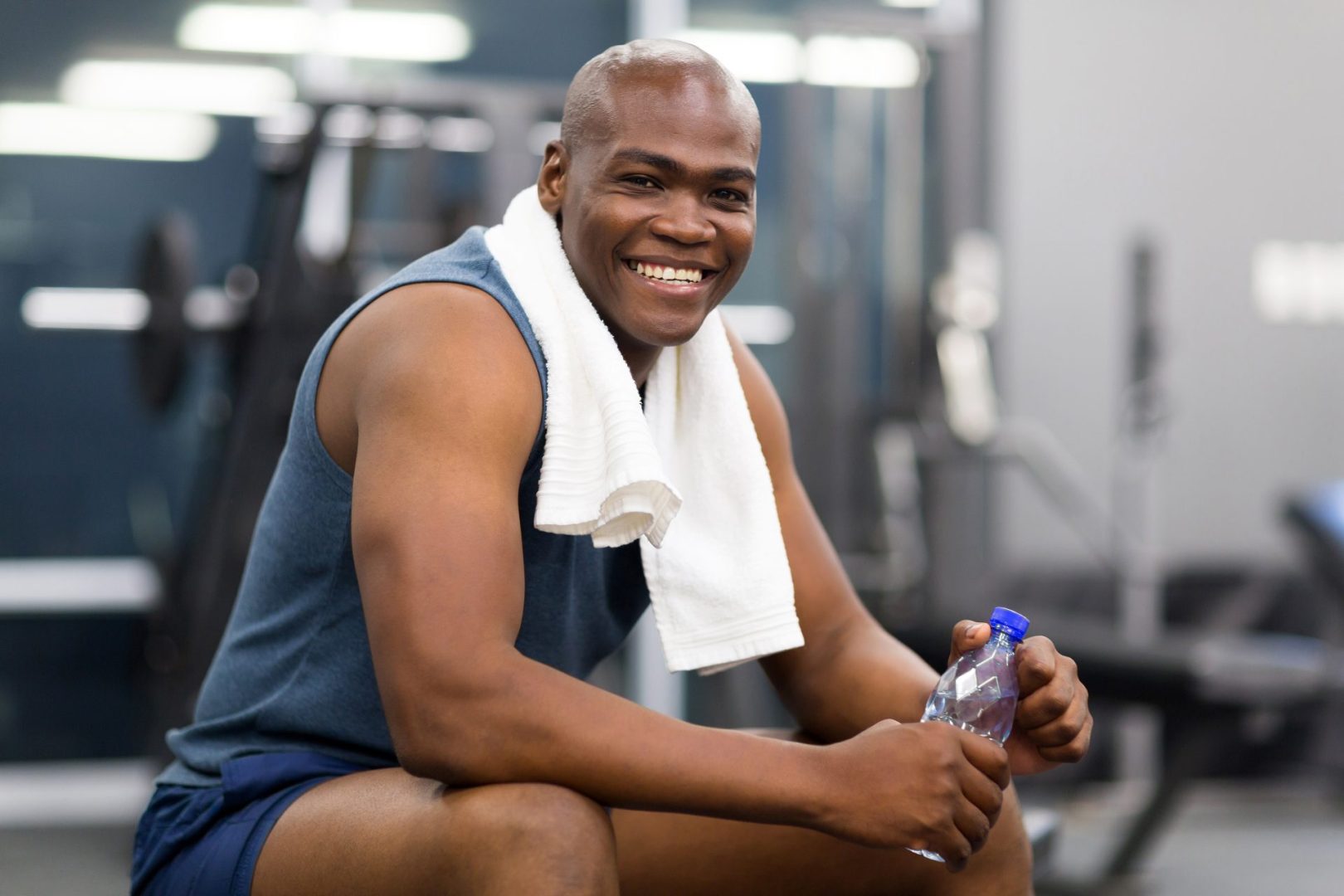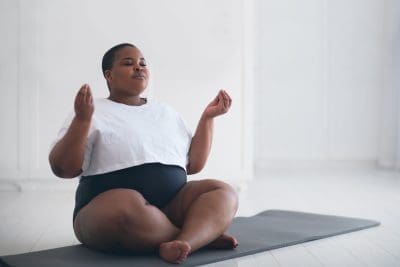A comprehensive approach to physical activity that considers cultural factors and specific health concerns for lasting wellness.
The foundation of fitness success
For Black Americans, developing an effective exercise routine represents far more than just general fitness goals. It serves as a crucial strategy for addressing historical health disparities and reducing the risk of chronic diseases that disproportionately affect the community. Before diving into any exercise program, establishing proper fundamentals proves essential for long-term success and injury prevention.
A well-structured warm-up routine, including dynamic stretching and light cardiovascular activity, prepares the body for more intense exercise while reducing injury risk. This foundation becomes particularly important given the higher rates of certain joint and muscular conditions within the Black community. Taking time to properly prepare the body creates a solid platform for more challenging activities.
Strength training fundamentals
Incorporating resistance training plays a vital role in overall health improvement for Black Americans. Compound exercises like squats, deadlifts, and push-ups efficiently build muscle mass, increase bone density, and improve metabolic health. These benefits become especially significant given the higher rates of osteoporosis and metabolic disorders among the community.
Strength training doesn’t necessarily require expensive equipment or gym memberships. Body weight exercises, resistance bands, or household items can provide effective resistance for building strength. The key lies in consistency and proper form rather than the complexity of equipment used.
High-intensity interval training benefits
High-intensity interval training (HIIT) offers particular advantages for those with limited time for exercise. This efficient training method maximizes caloric burn while improving cardiovascular health through alternating periods of intense activity and recovery. Studies show that HIIT can be especially effective in reducing the risk of heart disease, which affects Black Americans at disproportionately high rates.
Even short HIIT sessions of 15-20 minutes can provide significant benefits when performed consistently. This makes it an accessible option for busy individuals who struggle to find time for longer workout sessions while still addressing critical health concerns.
Outdoor activities and community engagement
Participating in outdoor activities provides both physical and mental health benefits that extend beyond traditional exercise settings. Activities like basketball, running, cycling, or hiking not only improve fitness but also offer opportunities for community connection and stress reduction in natural environments.
These social aspects of exercise can help combat the mental health challenges often faced by Black Americans due to various societal stressors. Many communities have developed walking groups, running clubs, and outdoor fitness classes specifically designed to create supportive environments for physical activity.
Mind-body connection through yoga
Including yoga in exercise routines offers multiple benefits beyond flexibility. Regular practice can reduce stress, improve sleep quality, and enhance overall mental wellbeing through mindful movement and breathing techniques. Given the unique stressors faced by Black Americans, these mental health benefits become particularly valuable for overall wellness.
Many practitioners have developed yoga approaches that incorporate cultural elements and address specific health concerns within the Black community. These adaptations make the practice more accessible and relevant while maintaining the core benefits of traditional yoga.
Core strength and stability
Developing core strength through exercises like planks, bridges, and targeted abdominal work supports overall physical health and functional movement. A strong core improves posture, reduces back pain, and enhances performance in other physical activities by providing a stable foundation for movement.
This foundation of strength becomes crucial for long-term health maintenance and injury prevention. Core exercises can easily be incorporated into home routines without requiring special equipment, making them accessible regardless of fitness facility access.
Low-impact cardiovascular options
Incorporating low-impact activities provides cardiovascular benefits while minimizing joint stress—an important consideration for long-term exercise sustainability. Options like swimming, water aerobics, dancing, or brisk walking offer excellent exercise alternatives, particularly important for those managing joint conditions or beginning their fitness journey.
These activities can be especially beneficial for individuals with higher body weights or existing joint issues who might find high-impact exercises challenging or uncomfortable. The lower stress on joints allows for more consistent participation and fewer interruptions due to pain or injury.
Structured gym environments
Joining a gym provides access to diverse equipment and professional guidance that can enhance exercise effectiveness and safety. Many facilities now offer culturally competent training programs specifically designed to address Black Americans’ health needs and concerns.
These specialized programs can provide both physical benefits and supportive community connections. When choosing a gym, consider factors like location, cost, equipment variety, and the availability of knowledgeable staff who understand specific health considerations relevant to the Black community.
Recovery and rest importance
Proper rest between workouts plays a crucial role in fitness success that cannot be overlooked. Adequate recovery helps prevent overtraining, reduces injury risk, and allows for optimal adaptation to exercise stimuli. Understanding this balance becomes especially important given the often-busy schedules many maintain.
Quality sleep, proper hydration, and strategic rest days should be considered essential components of any exercise program rather than optional extras. This holistic approach supports both immediate performance and long-term health outcomes.
Nutrition and exercise synergy
While exercise provides numerous benefits, optimal results require proper nutritional support to fuel activity and recovery. Focus on whole foods rich in nutrients, particularly those addressing common deficiencies in the Black community such as vitamin D, calcium, and iron.
This nutritional foundation enhances exercise benefits while supporting overall health. Cultural food traditions can often be adapted to support fitness goals while maintaining important connections to heritage and community through thoughtful meal planning.
Addressing health disparities
Regular exercise can help reduce the impact of health disparities affecting Black Americans through both prevention and management strategies. Physical activity helps manage conditions like hypertension, diabetes, and obesity, which occur at higher rates within the community due to various historical and societal factors.
Understanding these connections provides powerful motivation for consistent exercise habits. Even modest increases in physical activity can yield significant health improvements, particularly for those currently living sedentary lifestyles.
Mental health benefits
Exercise provides significant mental health advantages beyond physical improvements, serving as an accessible tool for psychological wellbeing. Regular activity can reduce stress, anxiety, and depression symptoms, particularly important given the unique psychological stressors many Black Americans face due to systemic inequities.
The mental clarity and emotional balance from exercise support overall wellbeing and resilience. These benefits often appear more quickly than physical changes, providing immediate positive reinforcement for continued activity.
Creating sustainable habits
Developing long-term exercise habits requires understanding personal motivations and barriers rather than following generic recommendations. Consider factors like schedule constraints, access to facilities, personal preferences, and social support when designing your routine.
Success comes from creating sustainable practices that fit your lifestyle rather than attempting to force dramatic changes that cannot be maintained. Small, consistent actions often yield better long-term results than ambitious but unsustainable programs.
Community support and motivation
Engaging with exercise partners or groups can enhance motivation and consistency through accountability and social connection. Consider joining Black-led fitness communities or working with culturally competent trainers who understand specific health concerns and goals within appropriate cultural contexts.
This support system helps maintain long-term commitment to health improvement by combining physical activity with meaningful social interactions. Many community centers, churches, and cultural organizations now offer fitness programs designed specifically to address both physical and community needs.
Future health implications
Consistent exercise habits create lasting health benefits that extend beyond immediate fitness improvements into future generations. Regular physical activity helps reduce disease risk while enhancing quality of life through greater mobility, independence, and energy levels throughout the aging process.
These long-term benefits make exercise investment particularly valuable for Black Americans’ health outcomes, potentially helping to narrow persistent health disparities through preventative health measures and improved disease management.













